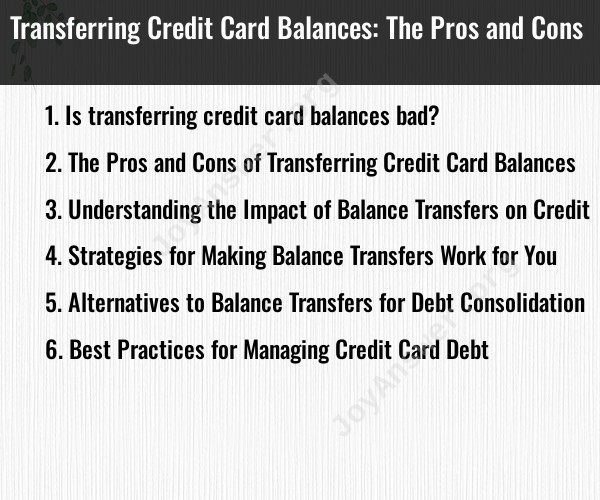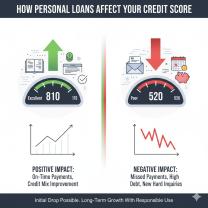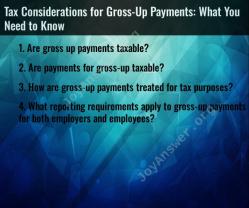Is transferring credit card balances bad?
Transferring credit card balances can have both pros and cons, and whether it is "bad" or not depends on your financial situation, goals, and how you manage the process. Here are the pros and cons to consider:
Pros of Transferring Credit Card Balances:
Lower Interest Rates: Balance transfers often come with promotional 0% or low-interest rates for an introductory period (e.g., 12 to 18 months). This can save you money on interest payments.
Debt Consolidation: Combining multiple credit card balances into one can make it easier to manage and keep track of your debt.
Temporary Relief: It can provide temporary relief if you're struggling with high-interest debt. You can use the interest-free period to pay down the principal balance.
Improve Credit Score: Reducing credit card balances and making on-time payments can have a positive impact on your credit score over time.
Cons of Transferring Credit Card Balances:
Balance Transfer Fees: Most balance transfer offers come with a fee, typically a percentage of the amount transferred. This fee can offset the savings from the lower interest rate.
Introductory Period Ends: Once the promotional period expires, the interest rate on the transferred balance will increase. If you haven't paid off the balance by then, you could end up with higher interest charges.
Credit Score Impact: Applying for a new credit card or initiating a balance transfer can result in a temporary dip in your credit score. However, this effect is usually minor.
Potential to Accumulate More Debt: Transferring balances may create the illusion of reduced debt, leading some individuals to accumulate more debt on their old credit cards.
Eligibility and Credit Limit: Not everyone qualifies for balance transfer offers, and the credit limit on the new card may not be sufficient to cover your existing debt.
Minimum Payments: You are still required to make minimum payments on the new credit card, and you must ensure you can meet these obligations.
Considerations for Transferring Balances:
- To make balance transfers work in your favor, it's crucial to have a clear plan for paying off the transferred balance during the promotional period.
- Carefully read the terms and conditions of the balance transfer offer, including any fees and the post-promotional interest rate.
- Avoid accumulating more debt on your old credit cards, as this can worsen your financial situation.
In summary, transferring credit card balances can be a helpful financial strategy if done thoughtfully and strategically. It can provide temporary relief from high-interest debt and allow you to make progress in paying down your balances. However, it's important to be aware of the potential downsides, such as balance transfer fees and the risk of accumulating more debt, and to have a clear plan for paying off the transferred balance during the introductory period.
Sure, here is a detailed explanation of the five topics you mentioned:
The Pros and Cons of Transferring Credit Card Balances
A balance transfer involves transferring a credit card balance from one card to another, typically with a lower interest rate. This can offer several potential benefits, including:
Reduced interest payments: A lower interest rate can significantly lower your monthly payments and the overall interest you pay over time.
Consolidated debt: Combining multiple balances onto a single card can simplify your debt management and make it easier to track and pay off your debt.
Introductory 0% APR offers: Some balance transfer cards offer introductory 0% APR periods, allowing you to pay off your transferred balance without incurring interest during that time.
However, there are also some potential drawbacks to consider:
Balance transfer fees: Most balance transfer cards charge a fee, typically 3-5% of the transferred amount, which can offset some of the savings from a lower interest rate.
Hard credit inquiry: Applying for a new balance transfer card will result in a hard inquiry on your credit report, which can temporarily lower your credit score.
Potential for increased debt: If you're not careful, balance transfers can lead to accumulating more debt if you continue to use the old card or add new balances to the new card.
Understanding the Impact of Balance Transfers on Credit
Balance transfers can have both positive and negative impacts on your credit score.
Positive:
Lowering your credit utilization: Paying down your credit card balances can improve your credit utilization ratio, which is a significant factor in your credit score.
Consolidating debt: Consolidating multiple balances onto a single card can simplify your debt management and make it easier to make timely payments, which contributes to a positive credit history.
Negative:
Hard credit inquiry: Applying for a new balance transfer card will result in a hard inquiry on your credit report, which can temporarily lower your credit score.
New account opening: Opening a new credit card can affect your credit score, especially if you have a short credit history.
Strategies for Making Balance Transfers Work for You
To make balance transfers work for you, consider these strategies:
Choose the right card: Compare balance transfer offers and select a card with a low interest rate, a long introductory 0% APR period, and a reasonable balance transfer fee.
Transfer only high-interest balances: Prioritize transferring balances with the highest interest rates to maximize your savings.
Create a debt repayment plan: Develop a concrete plan to pay off your transferred balance within the introductory 0% APR period to avoid accumulating interest.
Avoid adding new debt: Resist the temptation to use the old card or add new balances to the new card, as this can negate the benefits of the balance transfer.
Consider alternatives if not eligible: If you don't qualify for a balance transfer card, explore other debt consolidation options, such as personal loans or debt consolidation programs.
Alternatives to Balance Transfers for Debt Consolidation
If balance transfers aren't suitable for you, consider these alternative debt consolidation options:
Personal loans: Personal loans offer fixed interest rates and structured repayment plans, providing predictable monthly payments.
Debt consolidation programs: These programs work with creditors to negotiate lower interest rates and consolidate debt into a single monthly payment.
Credit counseling: Credit counselors can provide guidance and support in developing a debt management plan and negotiating with creditors.
Best Practices for Managing Credit Card Debt
To effectively manage credit card debt and prevent it from accumulating, follow these best practices:
Create a budget: Track your income and expenses to identify areas where you can cut back and allocate more funds towards debt repayment.
Make more than minimum payments: Pay more than the minimum amount due each month to reduce your balance faster and save on interest charges.
Avoid using credit cards for impulse purchases: Use cash or debit cards for everyday expenses and reserve credit cards for emergencies or planned purchases.
Monitor your credit score regularly: Check your credit report regularly to identify any errors or potential issues that could affect your creditworthiness.













